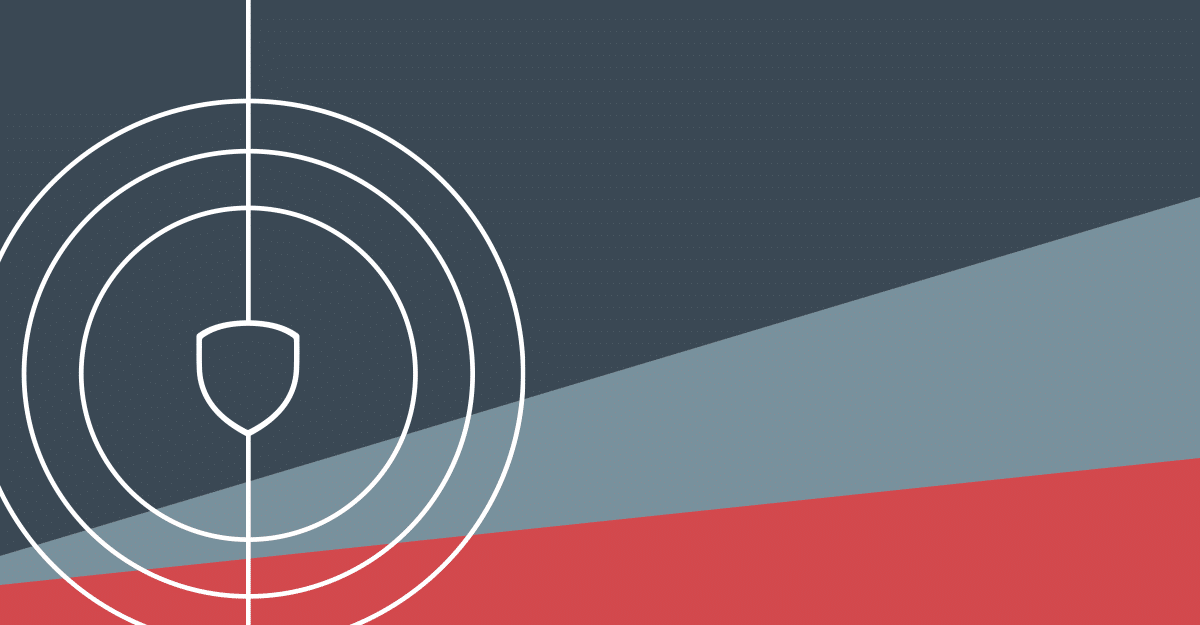A Tribute to Clint Hill, Protective Intelligence Honors Pioneer

The following is a personal message from the Executive Director, Fred Burton, regarding Clint Hill’s nomination as a Pioneer in the Protective Intelligence Honors Program:
When we first started thinking about the Protective Intelligence Honors program, Clint Hill was the first person that came to mind. Some may not recognize the name, but anybody who has ever stood watch on protection or is a student of American history has seen Hill’s heroic reaction in Dallas, Texas. In 1963 shots rang out into the motorcade carrying President John F. Kennedy, and from the left-running board of the follow car in the motorcade, Hill jumped on the back of the moving limousine to form a human shield over The First Lady and the President. Hill’s lightning speed reaction was credited for saving the life of Jaqueline Kennedy.
When the dust settled, no information concerning Lee Harvey Oswald appeared in Secret Service Protective Research Section (PRS) files before the President’s trip to Dallas. Thus, none of the agents were aware of the threat. The Warren Commission is filled with key take-aways for students of protection history. One salient point stands out: “The general files of PRS were not indexed by geographic location and were of little use in preparing for a Presidential visit to a specific locality.”
The evolution of protective intelligence has come a long way since the horrific events in Dallas.
In the 1980’s I attended the U.S. Secret Service Training Academy and the newly formed State Department’s Diplomatic Security Service (DSS) specialized training program. We studied assassinations at both academies, primarily examining how to react to immediate physical threats.I was fortunate to have been on the ground floor of the development of the protective intelligence program at the DSS. The evolution of the art of protection, to include the technology used today to manage threats, has been surreal for someone like me who started in the protection business with a typewriter and 3×5 index cards.
As a lifelong student of protection, I’ve noted that tragedy has traditionally been the catalyst to force change in the protection space; however, Clint Hill’s actions from the tragic event in 1963 were profound. They paved the way for countless protection officers near and far. I’ve heard Hill remark in past interviews, “What if I had been able to move a little faster?” These humble and heartfelt remarks highlight a man who did all he could do, while under fire and faced with insurmountable challenges.
Most of us in the protection field will never be placed in Clint Hill’s position, but the lessons we have learned about this attack shaped protective intelligence forever. Hill’s life is a testimony of duty, courage and service.
For more on Clint Hill, please visit clinthillsecretservice.com and visit his profile on the Protective Intelligence Honors site below.





